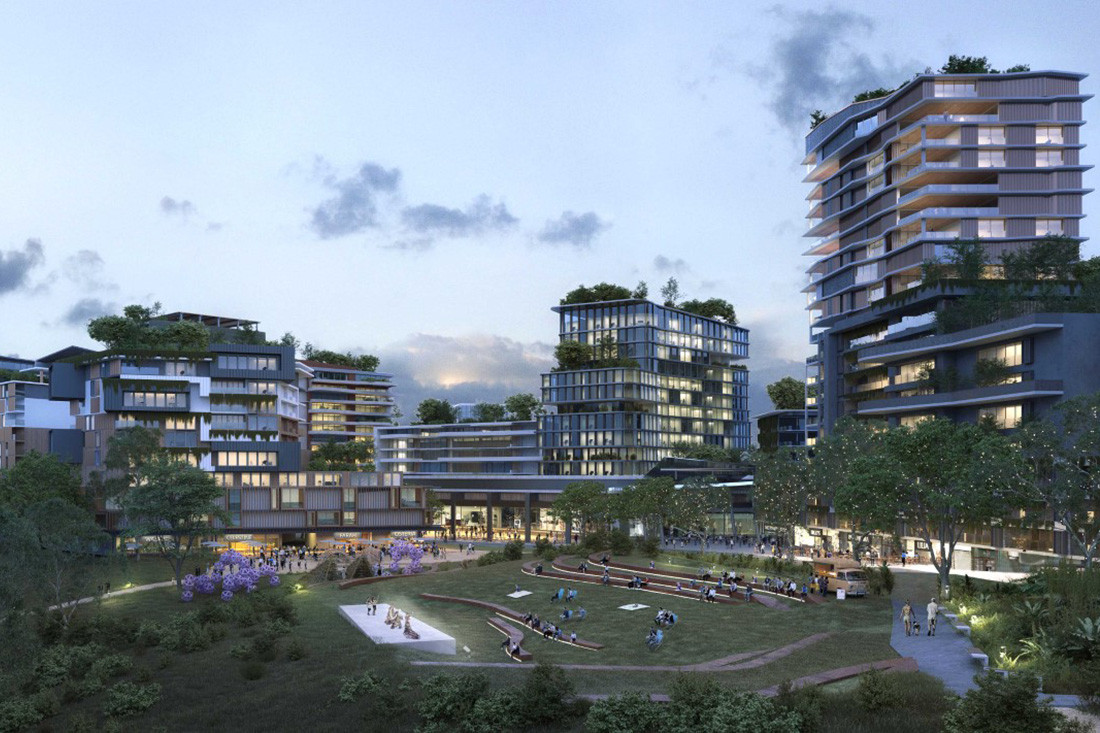Architects play a vital role in shaping sustainable cities. As urban areas continue to expand and environmental concerns become more pressing, the role of architects in designing sustainable and environmentally friendly buildings and cities has become increasingly important. Architects are responsible for creating spaces that are not only aesthetically pleasing but also contribute to the overall well-being of the planet and its inhabitants. In this article, we will explore the significant role architects play in shaping sustainable cities and the various strategies they employ to create environmentally conscious designs.
Designing Energy-Efficient Buildings: One of the primary ways architects contribute to sustainable cities is by designing energy-efficient buildings. By incorporating features such as efficient insulation, natural ventilation systems, and renewable energy sources like solar panels, architects can reduce a building’s energy consumption and carbon footprint. They also focus on optimizing the use of natural light, reducing the need for artificial lighting during the day. Through innovative design solutions, architects create buildings that require less energy for heating, cooling, and lighting, thus promoting sustainable practices.
Implementing Green Building Materials: Another key aspect of sustainable architecture is the use of green building materials. Architects are increasingly incorporating environmentally friendly materials such as recycled steel, bamboo, and reclaimed wood in their designs. These materials are renewable, have a lower environmental impact, and reduce the overall carbon footprint of the construction industry. By prioritizing the use of sustainable materials, architects contribute to the reduction of waste generation and the conservation of natural resources.
Incorporating Urban Green Spaces: Sustainable cities are characterized not only by sustainable buildings but also by the inclusion of green spaces. Architects play a crucial role in incorporating urban green spaces, such as parks, gardens, and rooftop gardens, into city designs. These green spaces help mitigate the urban heat island effect, improve air quality, provide recreational areas for residents, and promote biodiversity within cities. Architects collaborate with urban planners and landscape architects to create integrated designs that seamlessly blend green spaces with urban infrastructure.
Embracing Adaptive Reuse and Retrofitting: Architects can contribute to sustainable cities by embracing adaptive reuse and retrofitting of existing buildings. Instead of demolishing and constructing new structures, architects find creative ways to repurpose and renovate existing buildings, thereby reducing waste and conserving resources. Adaptive reuse not only preserves the historical and cultural significance of a building but also reduces the embodied energy associated with new construction. Architects carefully analyze the existing structures and incorporate sustainable design principles to transform them into functional and environmentally friendly spaces.
Considering Social Sustainability: Sustainable cities are not just about environmental considerations but also about social sustainability. Architects play a vital role in designing inclusive and accessible spaces that cater to the diverse needs of communities. They prioritize factors such as walkability, accessibility, and social interaction in their designs. By creating spaces that promote community engagement, architects contribute to the social well-being of urban dwellers and foster a sense of belonging and connectedness within sustainable cities.
Conclusion
Architects have a crucial role to play in shaping sustainable cities. Their designs have the power to transform urban landscapes, reduce environmental impact, and create spaces that promote the well-being of communities. By prioritizing energy efficiency, incorporating green building materials, integrating urban green spaces, embracing adaptive reuse, and considering social sustainability, architects can lead the way in creating sustainable cities for the future. As the world continues to grapple with the challenges of urbanization and climate change, the role of architects in shaping sustainable cities will become increasingly important. Through their innovative and sustainable designs, architects can pave the way for a greener and more sustainable future.
